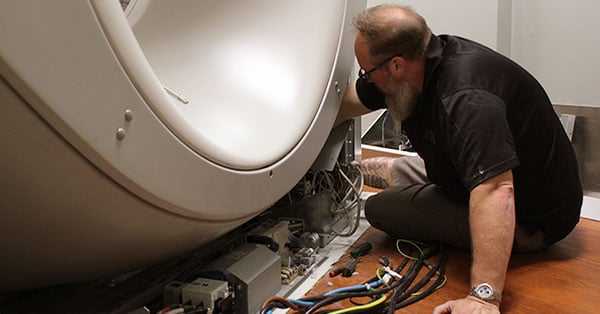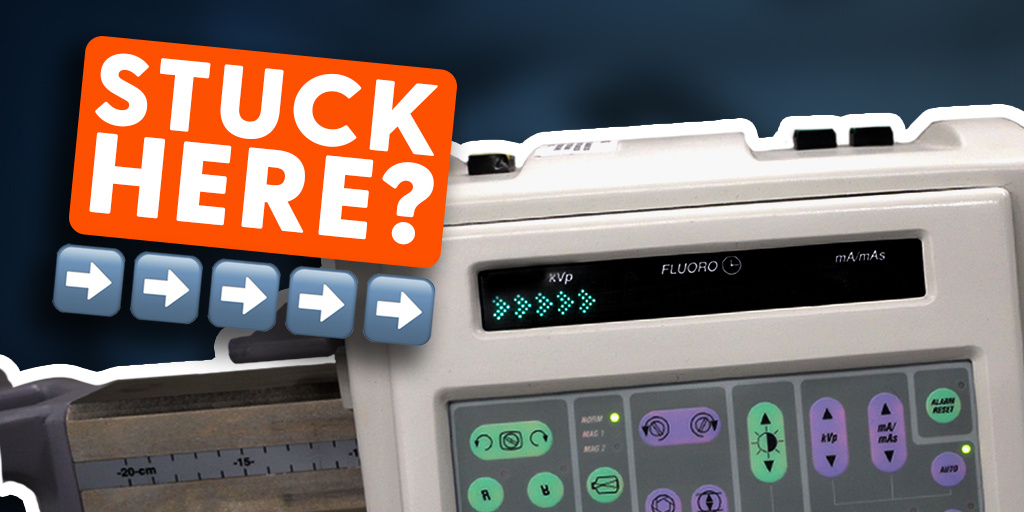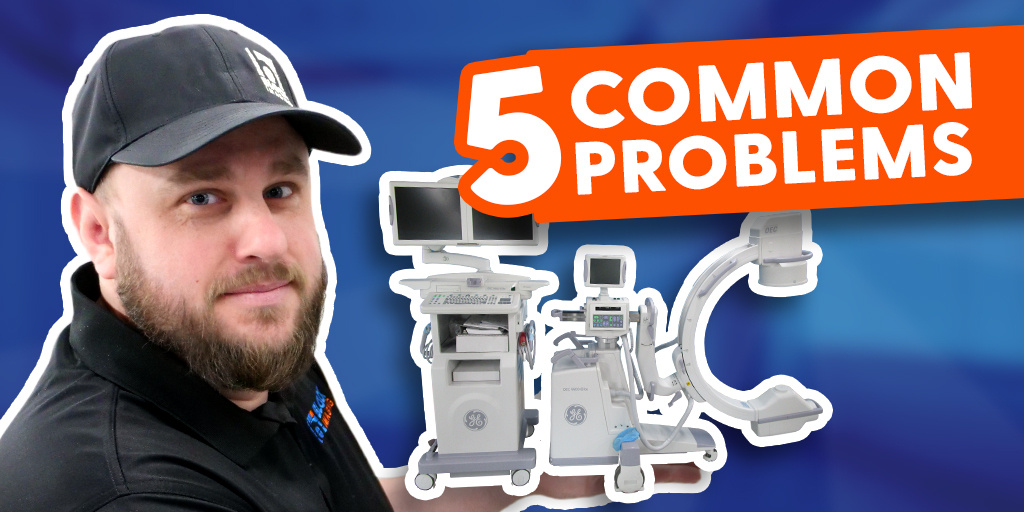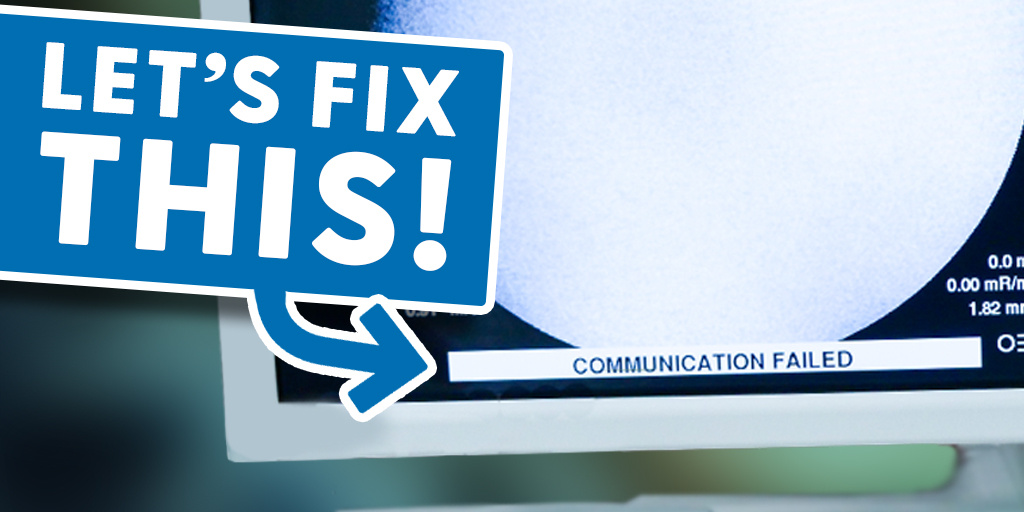
If you're considering relocating your CT scanner, you're probably already aware the move can save you significant dollars and improve the care you can deliver across multiple facilities. If it's your first time relocating, however, you may not be aware of all of the steps, requirements, and "moving parts" of a project like this.
As an equipment and service provider, Block Imaging has relocated hundreds of imaging system over the last 24 years. To help you better prepare for your upcoming relocation, we'll share tips and pointers first-time relocaters need for a smoother CT move and a quicker turnaround to installation and scanning in the system's new home.
Preparing to Move Your CT Scanner
Site Preparation
Regardless of who performs your relocation, the onus for proper room preparation generally falls to the management at the site. It’s crucial to make sure you get appropriate consultation regarding the new space the CT will move into. Electrical and mechanical requirements vary based on the specific model of your CT scanner, so be sure to include an electrician and communicate with them closely throughout your preparations.
Consider these questions:
-
What power connections does your CT require?
-
Is the CT air-cooled or water-cooled? What HVAC or plumbing needs to be considered to accommodate cooling?
-
What are the gantry dimensions, weight, and table movements? Will there be sufficient clearances for all movements?
-
What are the clinical functions that need to be considered as the layout is designed?
-
Does the system have clear egress and ingress from the old room to the new room? Door sizes, hallway setup, and patient/staff traffic all need to be considered as you plan the smoothest path.
If handling the preparation phase of a CT relocation sounds like a lot of work, that's because it is. There are many elements to keep track of. Fortunately, some service companies offer project management assistance to help guide you through the process. We can't speak for all providers, but Block Imaging's Project Management team can assist in everything from site drawings, to a system demonstration of use the day it installs. Consider working with a provider that has dedicated project management staff.
The Timeline
We hate to say it, but the timeline of a relocation can vary widely based on several factors. We've seen facilities do all of the below, none of the below, and everything in between. Believe us- every item on this list plays a big part in determining the final span of the project.
- Hire a quality engineer or service organization. Without proper tools, dollies, packaging, and de-installation and installation procedures, a CT relocation can turn into a nightmare quickly. Make sure the engineers performing this project have experience. Don't hesitate to ask for references!
- Double (even triple)-check your room readiness. A properly prepared space makes everyone’s life easier. You would be shocked at how many times we’ve gotten a CT to its new home only to find out it is still under construction. We strongly recommend that you have a room readiness inspection by the installing engineer prior to delivery of the system.
- Account for travel time- and be conservative about it. It may seem like common sense but, often, the time involved in physically transporting the system is not taken into consideration when forecasting the timeline of a CT relocation. If you’re moving a system across a state or three you’ll have a much longer transit time than moving it from a hospital to the outpatient center in the next town.
In the long run, if rooms are ready, there are at least two knowledgeable engineers involved, and transit time is not a factor (or is counted separately), the mechanical side of a CT relocation project commonly takes between three and five days, including de-installation, re-installation, and calibration.
The Cost
Unfortunately, preparing a cost estimate for a relocation is not a cut-and-dry matter either. The price for most CT relocations will fall between $15,000 and $25,000 depending on the distance of transit. A system moving across the hall or down a couple of floors, for example, will fall on the lower end of that range, while a system crossing states or whole regions will fall on the higher end.
The most important thing you can do to keep costs lower for your relocation project is to follow the tips above. Vendor homework, careful room preparation, and clear communication keep things running on time and help all parties concerned avoid costly delays.
The Takeaway
CT scanner relocation has a lot of advantages for healthcare systems that operate multiple facilities. At the same time, relocation is a process that can get hectic and, without close management, more costly than anticipated. If keeping track of all the aspects we mentioned above seems like a recipe for frustration to you, we're ready to help. Our team has years of experience and dedicated project management staff that can work alongside you to make your project a success and keep costs down. Use the button below to tell us about your project and how we can help make it happen.

Paul Crawford
Paul Crawford is the Vice President of Equipment Solutions at Block Imaging. Paul connects with healthcare facilities across the world to offer CT solutions and manages the wholesale sales team. When Paul is not helping customers with their CT needs, he enjoys spending time with his family, watching MSU sports, and CrossFit.





